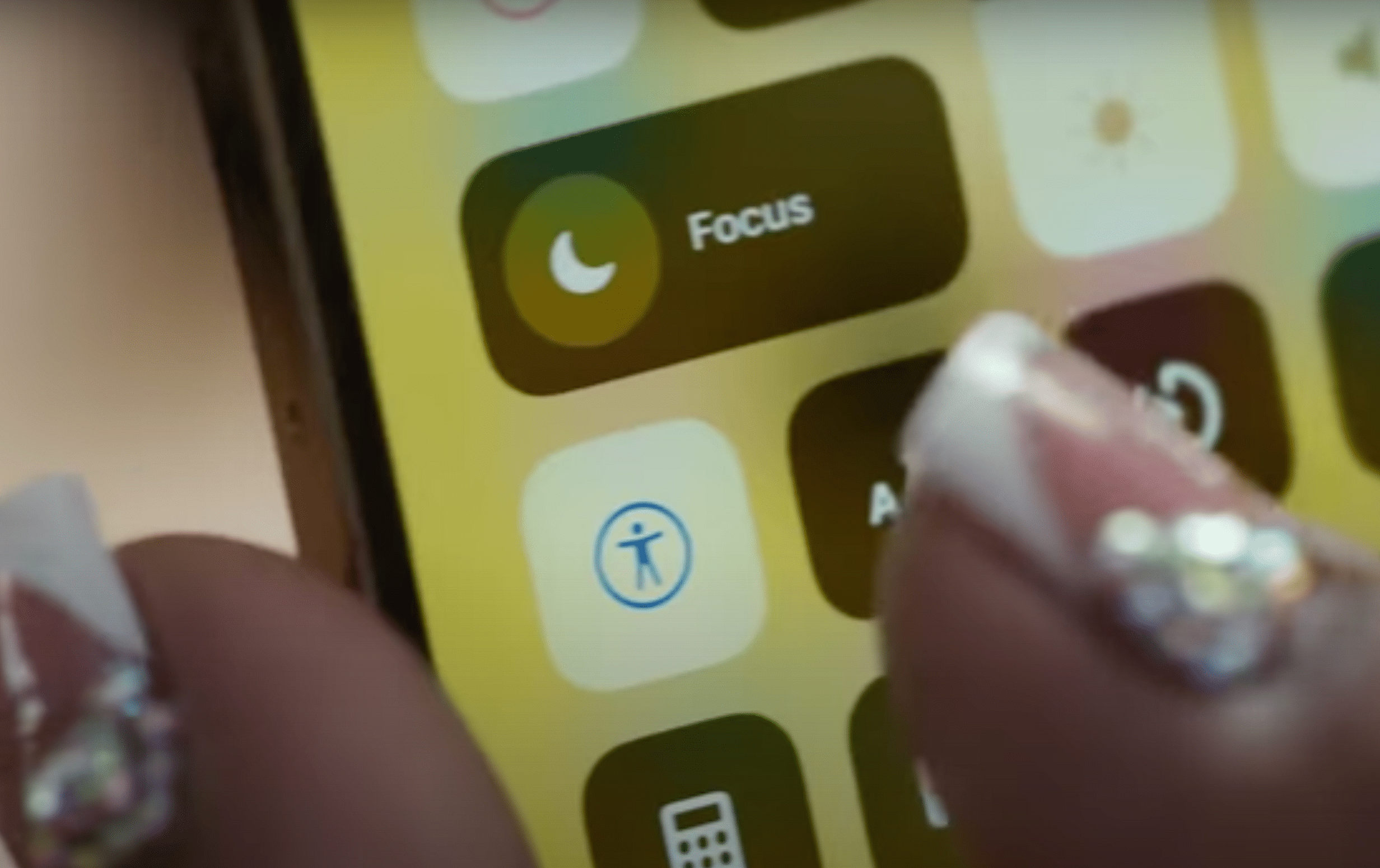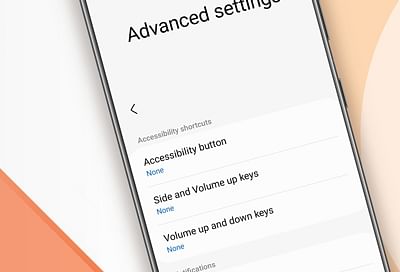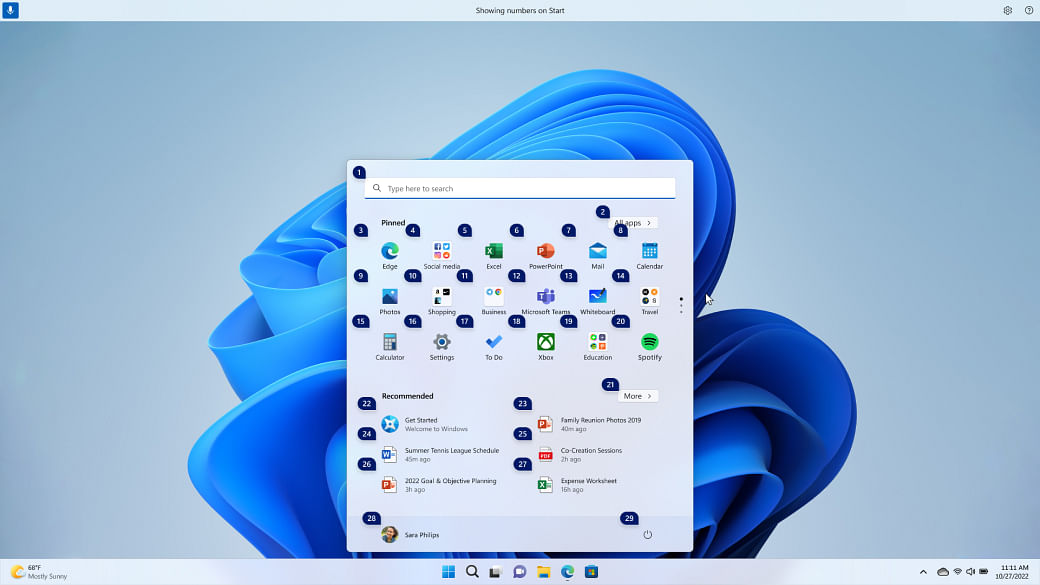Accessibility isn’t fashionable, but it is a critical aspect of modern-day gadgets enabling millions of people to stay connected and get things done despite some kind of physical impediment. It is also broad-ranging and expansive. But modern smartphone manufacturers have done a great job with these features. Both on Apple’s side of the fence and Android, accessibility has been a keen area of focus. Apple goes as far as to say that accessibility is a human right. And for both Android and iOS, it is something that is baked into their platforms from the moment they get on the drawing board to finalise the design. A laser focus on these features also makes life easier for the elderly.

Also read: Tech gadgets of 2022: A boring year of Apple but its iPhone and wearable series thrived
The most accessible gadget on the planet
Apart from the sheer scale of the iPhone, Apple has built features like detection mode, which allows blind people or people with low vision to navigate doors, objects and people in their surroundings. There is a sound recognition mode for the deaf or hard of hearing, which includes things like a baby’s cry or a doorbell. When turned on, the iPhone will be continuously be looking for certain types of sounds and will alert the user accordingly.
Apple was one of the pioneers in the realm of voice control and an iPhone can be controlled just from speech. The assistive touch function on the iPhone is particularly important because it enables people with physical disabilities in the upper body and limbs to interact with their devices.
More basic features like zoom and magnifying glass enable people to increase the size of the fonts and icons to make texts and visuals on the device more legible.
And Apple’s focus extends to other types of devices too. On the Mac, there are alternative pointer controls. The operating system also uses the web camera to do head tracking and understand facial expressions. There is a zooming feature for the Mac as well. Windows also has something similar. The sound recognition feature even extends to the Apple Watch.
Also read: In Nothing brand, art in sync with tech. The competitors are listening
Accessibility on Android
Google has a talkback feature that allows people with impaired vision. And as in the iPhone, there is a magnification feature as well. It even provides spoken context for what is there on the screen. This is similar to a feature that Apple has for its iPad customers.
Google’s latest innovation is live captions and transcriptions, which have debuted on its Pixel line of smartphones. It detects speech and automatically generates captions on videos that are being played on the device. Similarly, live transcribe, transcribes a conversation in real-time with startling accuracy, something that is a godsend for all journalists.
Also read: Why the iPad stands out as the next-gen computer for all—kids to professionals to elderly
Samsung’s innovations
While there are dozens of Android OEMs, the big kahuna is Samsung with its Galaxy line of smartphones. On top of Android, Samsung over the years has built its operating system called One UI. The OS comes with its own set of accessibility innovations.
The Samsung keyboard, for instance, on Galaxy phones will read out the keyboard inputs, ensuring one types correct letters. The Samsung Bixby assistant, which is often criticised, has improved a lot as it uses computer vision technology to describe a scene, identify objects, read the text and even detect colours.

Also read: AI technologies poised to take on our jobs from basic writing to digital art
Windows isn’t behind either
Microsoft has had a similar approach. Its CEO Satya Nadella’s son Zain died of cerebral palsy earlier this year. This is likely to have made it even more of a mission for Microsoft to focus on accessibility in its products.
Windows 11 has its settings indicated with a human icon. Microsoft has redesigned these settings to make them easier to use. These settings can be accessed from log-on and lock screens as well. There are new sound schemes along with more accessible light and dark themes in Windows 11 for the blind.

For deaf people, there is a new closed caption theme that makes it easier to read. The new Windows voice typing feature harnesses Microsoft’s prodigious AI capability to recognise speech, transcribe and automatically punctuate the text. This can be great for people with physical disabilities, allowing them to control the PC with just their voice.
Now, these innovations aren’t sexy, but it’s these subtle technologies that enable millions of people to stay connected. They are mission-critical.
Sahil Mohan Gupta is a Delhi-based technology journalist. He tweets @DigitallyBones. Views are personal.
(Edited by Anurag Chaubey)



